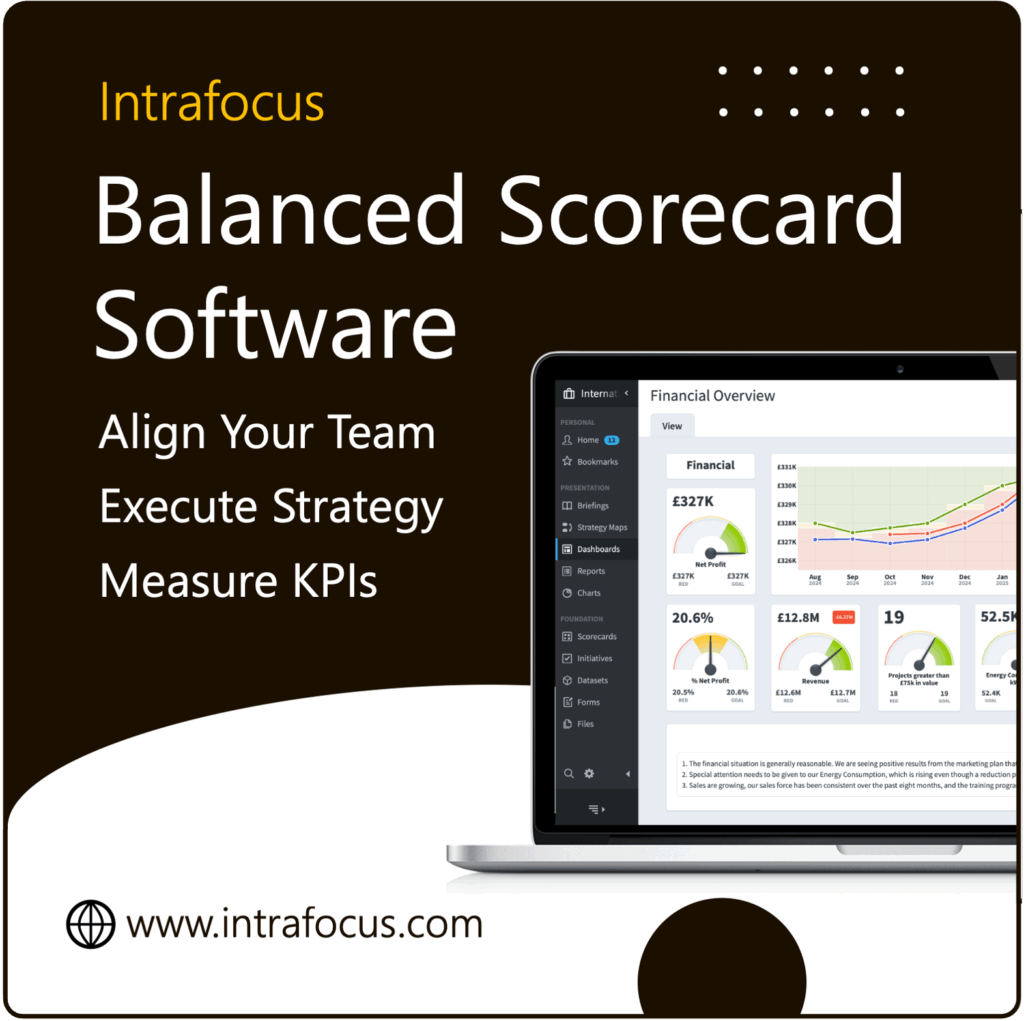The Chaos of Modern Entrepreneurship
Entrepreneurship today is a wild ride. The pace is fast, the competition fierce, and the pressure to “pivot” and adapt is never-ending. Here’s the uncomfortable truth: if you think constantly shifting and hustling without a real plan is enough, you’re setting yourself up for disaster. Agility without direction is chaos. And chaos? It’s not a strategy.
Too many modern entrepreneurs believe that if they just move fast enough, they’ll figure things out as they go. Sure, being quick on your feet is important, but where are you going? If you’re pivoting every other week but don’t have a clear vision of where those pivots are taking you, you’re not progressing—you’re just spinning in circles.
This is where strategy maps come in. They’re not just for the big corporations with layers of management—they’re essential for the modern entrepreneur. A strategy map is the key to balancing flexibility with focus. It helps you stay agile, but it also gives you a clear direction, so you know what you’re pivoting toward.
Think you can stay nimble without a strategy? Think again. Without a map, you’re not agile—you’re just lost.
The Agility Trap
Agility is a buzzword every entrepreneur loves to throw around. But here’s the problem: agility without a plan is like driving a sports car at top speed with no GPS. You might feel like you’re going places, but you’re just burning fuel, heading nowhere fast.
Too many entrepreneurs fall into the agility trap. They think that as long as they’re quick to shift directions, they’re innovative, flexible, and responsive to the market. But ask yourself this: pivoting to what? And why? If you change your course every time the wind blows, you’re not steering your business—you’re letting it drift.
This is where a strategy map is essential. It doesn’t slow you down or kill your flexibility. Quite the opposite—it helps you pivot with purpose. There are many instances where a pivot has gone badly. A strategy map lays out your big-picture goals so you know exactly where you’re headed when you need to shift directions. You’re not just reacting to market changes, customer demands, or new trends—you’re strategically adjusting, ensuring every move brings you closer to your long-term objectives.
With a strategy map, you’ve got the moves down, and each pivot is a step toward success.
Your Compass in the Entrepreneurial Wilderness
Entrepreneurship can feel like wandering through an endless wilderness. The terrain is rough, the landscape changes constantly, and there’s no clear path ahead, without a map, where are you headed? That’s where a strategy map comes in. It’s your compass, guiding you through the chaos and keeping you on course when everything around you feels uncertain.
Think of a strategy map as your business’s North Star. It shows you where you are now, where you need to go, and how to get there. However, a strategy map is dynamic, unlike a typical business plan, which can be outdated the minute the ink dries. It will help you adapt on the fly without losing sight of the big picture. In other words, it allows you to be flexible without getting lost.
Here’s how it works: a strategy map lays out your business goals across four critical areas—financial performance, customer needs, internal processes, and learning and growth. By connecting these pieces, you create a clear path forward. When you’re tempted to pivot (and you will be), the map helps you decide if that pivot aligns with your long-term strategy or if it’s just another shiny distraction.
Think of it like Google Maps for your business—except you won’t get rerouted into a lake. It’s there to guide every decision so you can adjust the course without veering off track. Need to make a sharp turn? No problem. The map will help you see if that turn leads to progress or sends you in circles.
The wilderness of entrepreneurship isn’t going to get any less wild. But with a strategy map, you’re not just surviving—you’re thriving.
Aligning Your Hustle
Entrepreneurs are hustlers by nature. Early mornings, late nights, and endless to-do lists. You grind, you push, you make things happen. But here’s the uncomfortable question: are you moving forward or just running in place? Hustling without direction is like sprinting on a treadmill—you’re putting in the effort, but are you getting anywhere?
That’s where a strategy map steps in and does what all that hustle alone can’t do: it gives your hard work a purpose. A strategy map takes all that raw energy and aligns it with your business’s long-term goals. Instead of juggling a million things at once and hoping something sticks, you can focus on the tasks that actually move the needle.
Let’s face it—entrepreneurs love to say “yes” to everything. Yes to new opportunities, yes to new ideas, yes to every little thing that promises progress. But without a clear framework, you risk spreading yourself too thin, and that’s where the real danger lies. Hustle is fine, but hustle without focus is just a recipe for burnout.
A strategy map forces you to prioritize. It helps you see which activities contribute to your key objectives and which ones are just keeping you busy. If increasing customer retention is a top goal on your strategy map, then that shiny new marketing campaign you’re excited about better aligns with that—or it’s not worth your time.
And this doesn’t just apply to you as the business owner. When your team has a strategy map, they also know where to focus their efforts. Everyone is pulling in the same direction, ensuring the hustle isn’t just hard work but smart work. It’s the difference between a company constantly chasing its tail and one laser-focused on achieving its objectives.
Remember, hustle is only valuable when it’s aimed at something worthwhile.
Flexibility with Focus
Entrepreneurship is all about seizing opportunities, right? But here’s the catch: not every opportunity is worth your time. In fact, constantly chasing the next big thing without a clear direction is a fast track to nowhere. That’s where many entrepreneurs get it wrong. They believe being flexible means saying “yes” to every new idea. But real agility? It’s about knowing when to say “no.”
Enter the strategy map—your ultimate filter. It doesn’t kill your flexibility; it refines it. With a strategy map, you don’t have to be rigid or locked into a single plan. You can pivot when necessary, but you’ll do so purposefully, not because the latest trend caught your eye. It helps you decide whether that new idea aligns with your long-term objectives, not just whether it looks exciting at the moment.
Think of it like this: a strategy map is a well-maintained highway. You can change lanes when needed, but you’re still heading in the right direction. Without it, you’re stuck on a twisting, bumpy back road, swerving whenever something new pops up. Sure, you’re moving, but where are you going?
A new market opens up, and you’re tempted to dive in. Before jumping on that opportunity, your strategy map forces you to ask: Does this fit with our customer goals? Will it enhance our financial objectives, or is it just a distraction? With the map in hand, you can make pivots that make sense for your business—not just because they’re the latest shiny object.
And this isn’t just about big strategic moves. Strategy maps help with the day-to-day distractions, too. When faced with a thousand little tasks, your map gives you the clarity to focus on what matters.
Flexibility without focus isn’t agility—it’s a distraction. And in a world of endless distractions, your strategy map is your safeguard. It lets you stay nimble but always keep your eye on the prize.
But how do you balance that long-term vision with the need for short-term wins?
Long-Term Vision, Short-Term Wins
Every entrepreneur knows the struggle: balancing the big dreams with the daily grind. You want to build an empire but must also make payroll next month. It’s a delicate dance between staying focused on long-term goals and racking up short-term wins. But how do you do both without losing your mind or business? The answer: a strategy map.
A strategy map doesn’t just help you see the end game. It breaks down your lofty, long-term vision into smaller, achievable steps. Think of it like a marathon. Sure, you’ve got your eyes on the finish line, but you don’t get there by sprinting the whole way. It would help if you had milestones—smaller targets that keep you moving forward without burning out. That’s what a strategy map does. It keeps you focused on where you want to be five years from now while showing you the smaller victories that will get you there.
Let’s say your long-term goal is to dominate a specific market. That’s a huge vision, but a strategy map helps you break it down. The goal may be to increase customer retention by 10% in the next six months. In the following year, it’s to expand your product line. With each short-term win, you’re building momentum. Still, more importantly, you’re moving in a direction that supports your long-term strategy. It’s progress with purpose.
The short-term wins aren’t just checkboxes on a to-do list. They’re proof that your strategy is working. Each victory gives you feedback, allowing you to adjust your plan if needed. This way, you can stay agile without losing sight of the big picture. You’re not just reacting to the latest market changes; you’re driving towards your ultimate goal, step by step.
The magic of a strategy map is that it turns the overwhelming task of long-term success into a series of manageable, measurable actions. It lets you focus on what needs to happen today, this week, or this month while ensuring that every action brings you closer to your bigger vision.
So, if you’ve ever felt torn between chasing short-term wins or staying focused on your grand vision, here’s your answer: with a strategy map, you don’t have to choose. You can do both. And isn’t that what every entrepreneur really wants?
It’s Time to Map Out Your Success
So, here we are. After exploring how strategy maps help you avoid the agility trap, align your hustle, stay flexible, and balance both short- and long-term goals, one thing should be clear: running your business without a strategy map is like driving blindfolded. Sure, you might feel like you’re making progress, but you’re just wandering without direction.
A strategy map isn’t just a tool—it’s your roadmap to success. It keeps you from getting distracted by shiny objects, helps you measure what truly matters, and ensures that every step you take moves you toward your long-term vision. Whether you’re an entrepreneur just starting out or a seasoned business owner looking to level up, this is your compass. And here’s the truth: in today’s fast-paced, competitive landscape, you simply can’t afford to rely on guesswork.
Now that you know the power of a strategy map, it’s time to take action. You don’t have to do this alone. Tools like Sider Impact are designed to help you manage your strategy map effortlessly. It’s an intuitive platform that lets you visualize your goals, track progress, and stay agile without losing sight of the bigger picture.
With the right tools in place, you’ll have the clarity and confidence to navigate challenges. The road ahead doesn’t have to be filled with uncertainty. You can steer your business exactly where you want it to go with a strategy map.
So, what’s it going to be? Will you keep running in circles, or are you ready to map out your success?
If you are implementing or thinking about implementing a Balanced Scorecard, then please take a look at out Balanced Scorecard Software, Spider Impact.



